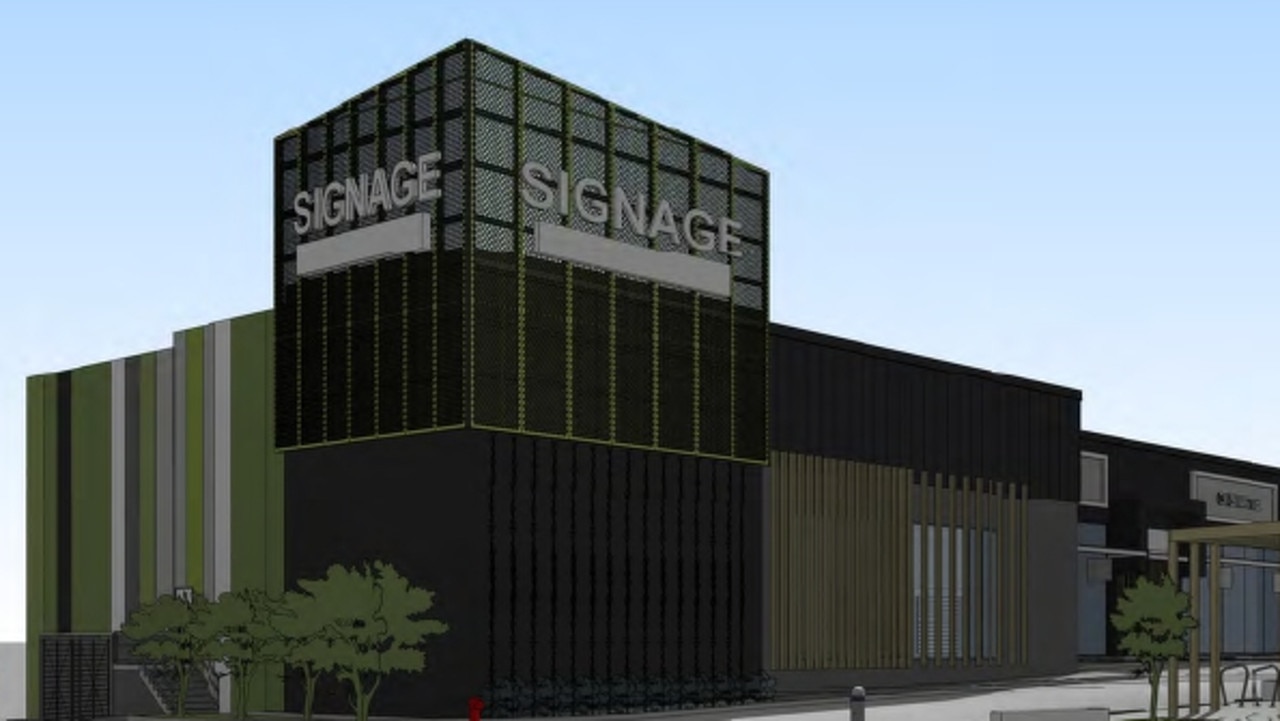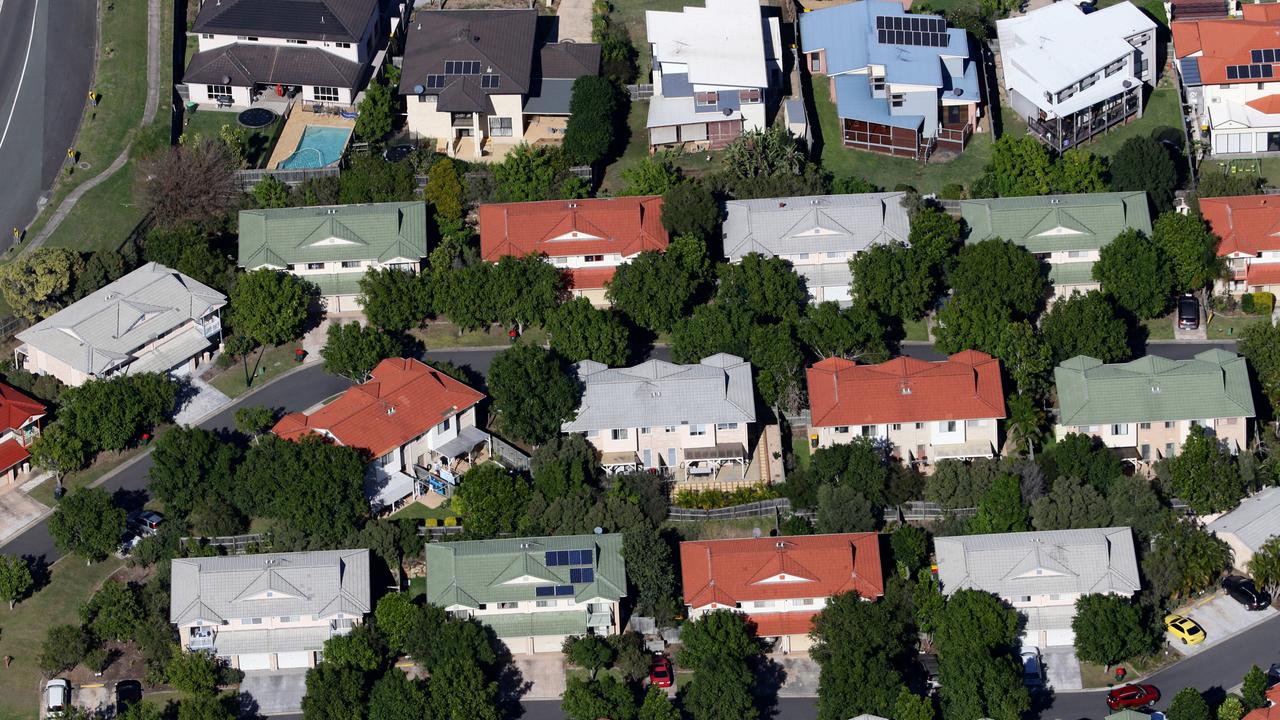How much more you pay for a house in top school zones
Buyers have school zones “front of mind”, with some paying up to $575,000 more for a house within a top-ranking catchment compared to those just outside, new research shows.
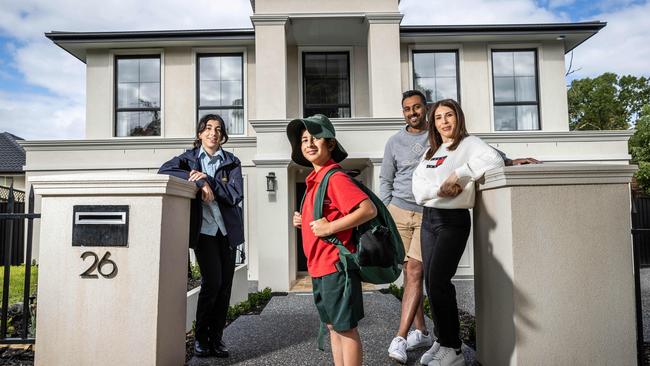
Property
Don't miss out on the headlines from Property. Followed categories will be added to My News.
Buyers have school zones “front of mind”, with some paying up to $575,000 more for a house within a top-ranking catchment compared to those just outside, new research shows.
A half-a-million-dollar premium is required to buy into the zone for one of the city’s newest public schools, Albert Park College, according to Real Estate Institute of Victoria data.
Brighton Secondary College and Williamstown High School are close behind, with parents having to splash $450,000 and $425,000 more on houses in those catchment areas compared to just outside.
RELATED: How taking this plunge can affect your home’s value
What you need to earn to buy in every suburb
Call for mandatory cooling in rental properties
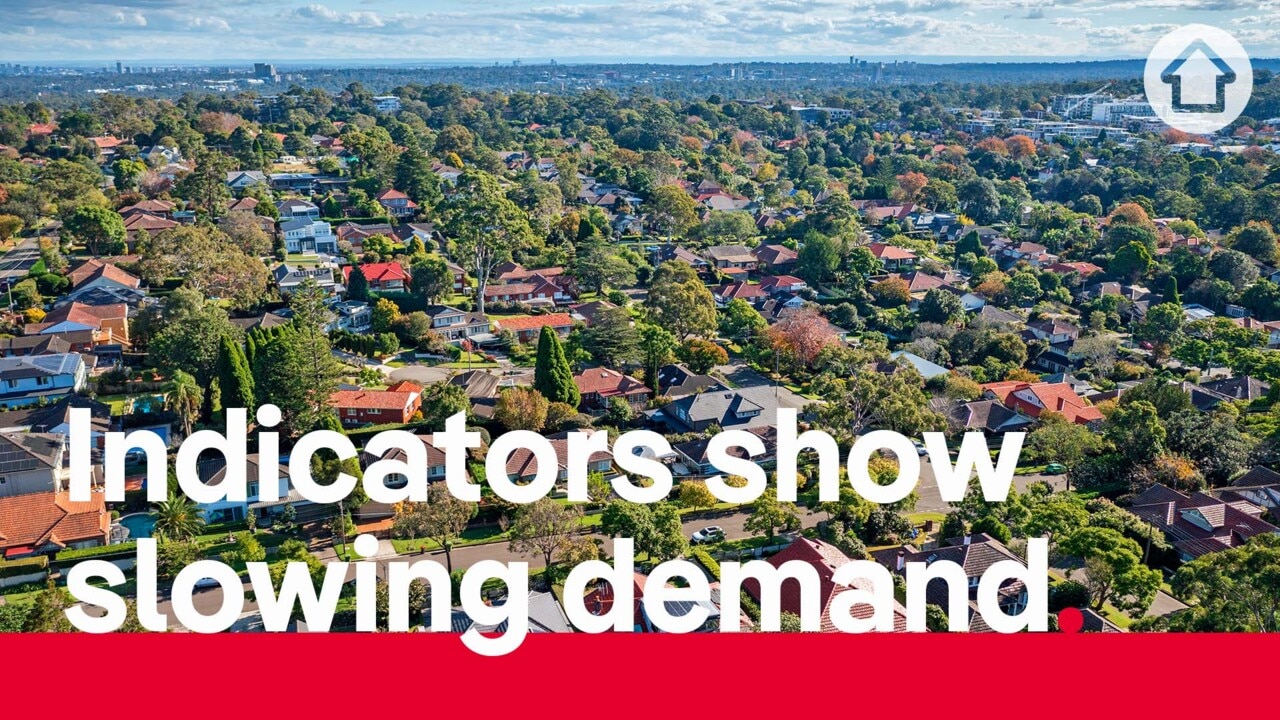
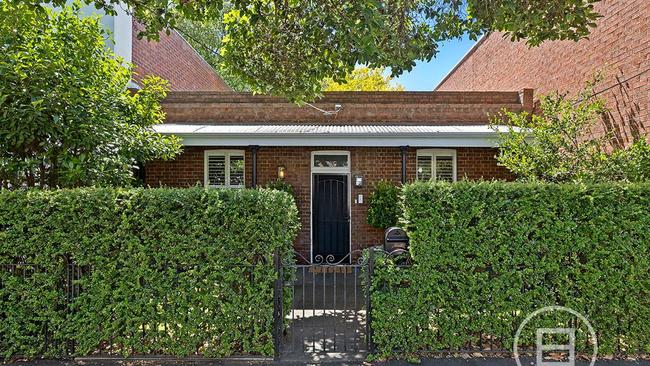
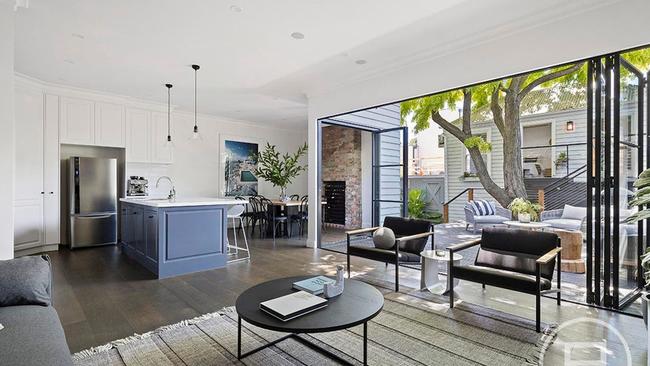
Frankston High School ($173,000 premium) and Vermont Secondary College ($41,500) also had househunters paying much more.
Using a list of Victoria’s top 25 government schools with the most ATAR study scores above 45 in 2021, the REIV compared median prices for houses within their zones and for houses within a 1km radius outside the zones to determine which best-performing schools were attracting the highest real estate premiums.
Selective-entry, specialist and single-sex schools were excluded from the research, which also found some stellar school zones were offering good buying opportunities.
Houses within the Dromana Secondary College zone are more than $200,000 cheaper than those just outside, according to the REIV, with Glen Waverley’s Brentwood Secondary College and Braybrook College’s catchments also more affordable than surrounding real estate.
Real Estate Institute of Victoria president Adam Docking said buyers had school zones “front of mind” with many investing more on houses nearby top public schools, instead of sending their children to a private school.
“In a lot of cases, it would be the number one priority after they’ve decided the house is nice,” Mr Docking said.
“And it does add both financial value and opportunity to a property.”
But he warned buyers, particularly those in newer or developing areas, to be mindful zoning could change in years to come.
“Purchasers have to be very careful that they buy a property that will remain in a school zone in the future,” he said.
“Most schools are expanding or the density of the area is getting thicker so if you are really on the fringe, you have to think in five years time, will I still be in that zone?”
Ray White Manningham’s Jarrod Tyler said there were three key things to consider when buying: “Schools, shops and transport.”
“(Schools) can be an anchor point and a driver but our advice would be don’t forgo the product that is going to be most suited for you, for the school,” Mr Tyler said of the zoning allure.
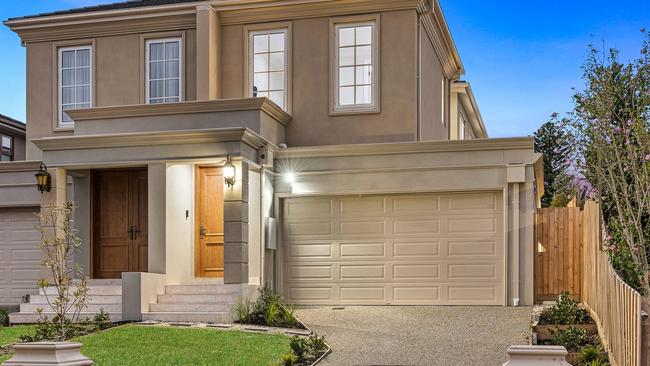
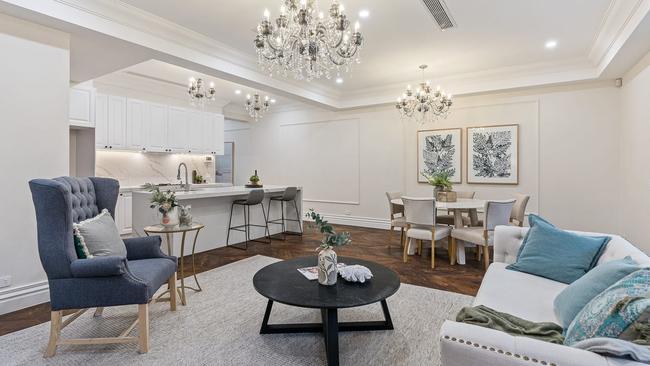
The agent said in the last few years it had “become normal for people” in areas like Doncaster East to buy based on the school catchment.
“People from out of the area are really guided by things like school ratings — it can be sort of a status thing too,” he said.
“But in Manningham you can forgo (buying near) the best, A-grade schools and still get yourself a really good one.”
Mr Tyler added that there wasn’t necessarily a greater rate of growth for houses in school zones, but he noted the value of a home in such an area was typically higher to begin with.
SCHOOL ZONES A WINNER
When Harry Kochhar and his wife Pamella moved to Melbourne’s east, the suburb they would settle in was, in part, dictated by the schools their children would go to.
Mr Kochhar, a property developer, knew what he was looking for when it came to a house — but he wanted to make sure the education Sienna, 13, and Maximus, nine, would receive, as well as the community they would be involved in, was as good as could be.
“Our kids are our biggest investment that we have,” Mr Kochhar said.
“We had to consider our pocket (where we wanted to buy), but we definitely considered three or four areas based on the schools and then we looked at what we could afford in the area. I wanted to maximise the opportunity here.”
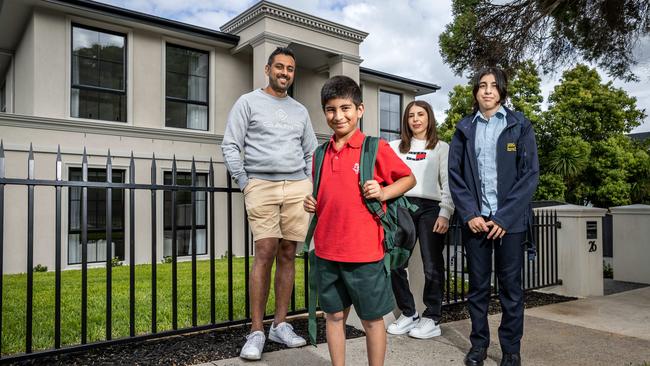
Mr Kochhar said they paid a premium for the block they purchased in 2020 — in the Doncaster East catchment — which they built a large family home on.
“We looked at a number of properties in the area and even if you go across the street and it’s outside the school zone, the property drops by $100,000,” Mr Kochhar recalled.
“But this is our seventh house in the last 15-20 years and even if we go to the next one, our kids and their schooling will be at the centre.”
East Doncaster Secondary College and Doncaster Secondary College, as well as top private and independent schools like Carey Baptist Grammar and Whitefriars College are close by the property, which Kochhar’s are now considering selling through Ray White Manningham.
Mr Kochhar, whose children attend public schools in the area, added that the “perception about private is better than public” was untrue.
“Our kids are better off in public system in a good zone than a private school in a lesser area,” Mr Kochhar said.
Real Estate Institute of Victoria research shows househunters looking to buy in the East Doncaster Secondary School zone pay about $1.571m for a house.
Meanwhile, s those looking 1km away in a bordering catchment pay $1.417m — a saving of $154,00.
Sign up to the Herald Sun Weekly Real Estate Update. Click here to get the latest Victorian property market news delivered direct to your inbox.
MORE: Cam Mooney reveals his new career change
Dashing Dog lists stylish Yarraville family home
‘Polarising’ six-level South Yarra pad finally sells
alanah.frost@news.com.au

